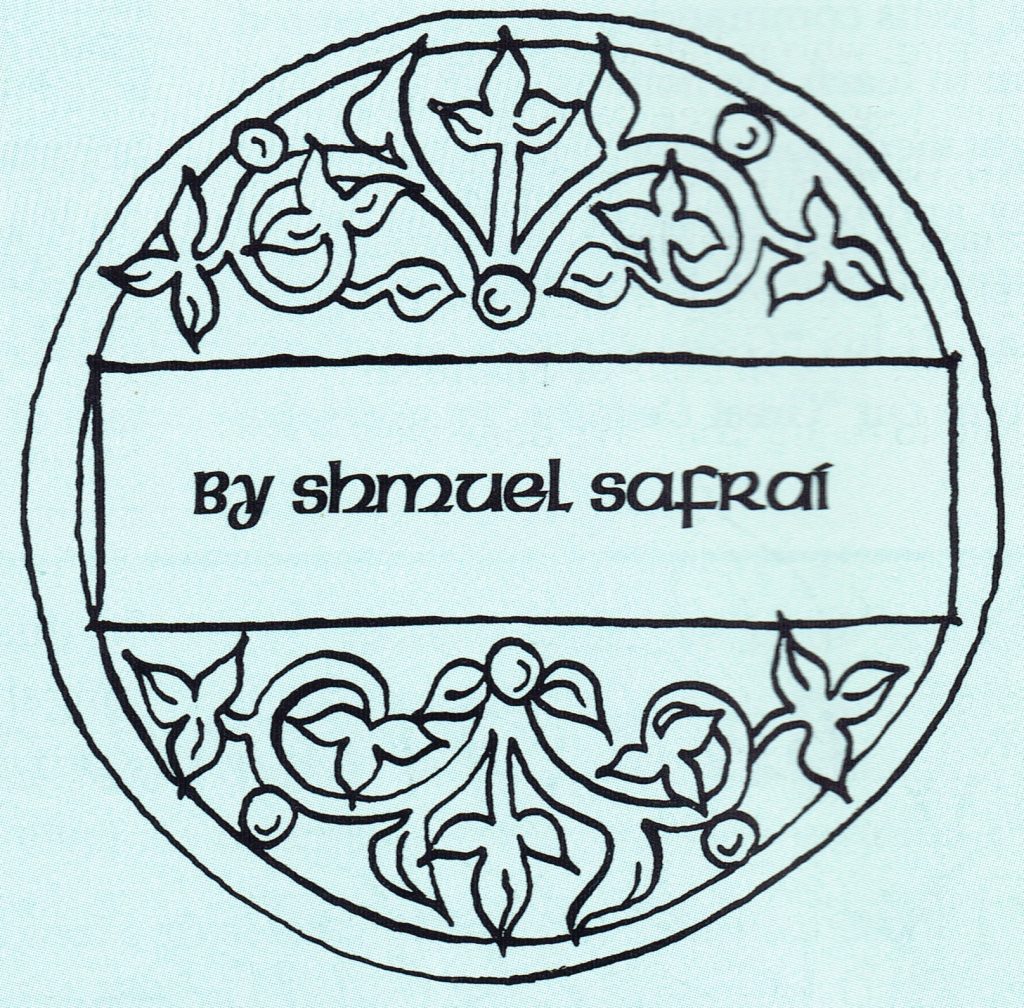
It is certain that Jesus, a Jew residing in the land of Israel in the first century, did not wear a kippah (skullcap).
The custom of wearing a kippah arose in Babylonia between the third and fifth centuries C.E. among the non-Jewish residents—Jewish residents of Babylonia had not yet adopted this custom, as the Dura-Europos frescoes show—and passed from there to the Jewish community of Europe.
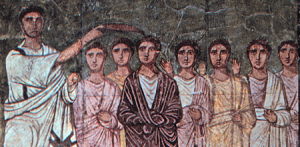
Although priests wore a מִגְבַּעַת (mig⋅BA⋅’at, a turban-like headdress; see Exod. 28:4, 40; Lev. 8:13), other Jews of the Second Temple period did not wear a headcovering. This is confirmed both by the literature and archaeological remains of the period. For instance, the reliefs on the Arch of Titus in Rome, which depict the victory procession in Rome following the conquest of Jerusalem in 70 C.E., show the Jewish captives bareheaded. Likewise, the frescoes of the mid-third century C.E. synagogue excavated at Dura-Europos represent all the Jewish men as bareheaded except for Aaron the priest.
Contemporary Jewish sources verify the picture presented in the New Testament:
Every man who prays or prophesies with his head covered dishonors his head. And every woman who prays or prophesies with her head uncovered dishonors her head—it is just as though her head were shaved…. A man ought not to cover his head, since he is the image and glory of God; but the woman is the glory of man.
(1 Cor. 11:4-7)

According to the Babylonian Talmud, Nedarim 30b, Jewish children were always bareheaded, men sometimes covered their heads and sometimes did not, while women covered their heads at all times. But it must be remembered that this is a late source (end of fifth century C.E.) and reflects Jewish practice in Babylonia.
According to the Shulhan Arukh, the sixteenth-century code of Jewish law compiled by Rabbi Joseph Karo, one should not walk bareheaded even four cubits (two meters) (Orakh Hayyim 2:6). This ruling is derived from the Babylonian Talmud, Kiddushin 31a, where it is stated that Rav Huna (fourth century C.E.), the son of Rav Yehoshua, would not walk bareheaded four cubits (cf. Babylonian Talmud, Shabbat 118b). However, this is noted as the exceptional practice of a particular sage, not as a practice observed by all males. The practice of covering one’s head in public apparently was not yet wide-spread in Babylonia in the fourth century C.E.
For more on Jesus’ clothing and appearance, check out these JP articles:
◦ Marvin R. Wilson, “The Appearance of Jesus: Hairstyles and Beards in Bible Times”
◦ JP Staff Writer, “Tangled up in Techēlet: Tzitzit (Ritual Tassels) in the Time of Jesus”
To read more New Testament insights from professor Shmuel Safrai on Jerusalem Perspective, click here.
And check out these recent JP articles:
- Coordinating Ritual and Moral Purity in the New TestamentTaking another look at how John the Baptist, Jesus, and the Apostle Paul related to issues of ritual and moral purity.
- Two Kinds of Love in the Story of the Paralyzed ManTwo kinds of love operate in the story of the paralyzed man. One kind of love is inclusive and redemptive, the other is exclusive and destructive. Which kind of love will prove victorious?
- Character Profile: BeelzebulGet acquainted with this mysterious and sinister figure.
- What’s Wrong with Contagious Purity? Debunking the Myth that Jesus Never Became Ritually ImpureThe view that Jesus could not be affected by impurity and that Jesus was able to spread his purity to others is based on faulty assumptions and invalid inferences.
- The Seven Types of Pharisees and the Fear of God in the Synoptic GospelsAncient Jewish sources attest to a debate over which motivation for keeping the commandments—fear or love—was most highly to be esteemed. This debate surfaces, among other places, in the Talmudic discussions of the seven types of Pharisees. These seven types and the debate over love versus fear illuminate important aspects of Jesus’ teaching.
- The Sin Against the Spirit: Matt. 12:31-32; Mark 3:28-29; Luke 12:10Jesus’ saying about the sin against the Holy Spirit belongs to developing Jewish ideas regarding the gradation of sin and punishment. It also reflects his high self-awareness.

Paid Content
Premium Members and Friends of JP must be logged in to access this content: Login
If you do not have a paid subscription, please consider registering as a Premium Member starting at $10/month (paid monthly) or only $5/month (paid annually): Register
One Time Purchase Rather Than Membership
Rather than purchasing a membership subscription, you may purchase access to this single page for $1.99 USD. To purchase access we strongly encourage users to first register for a free account with JP (Register), which will make the process of accessing your purchase much simpler. Once you have registered you may login and purchase access to this page at this link:

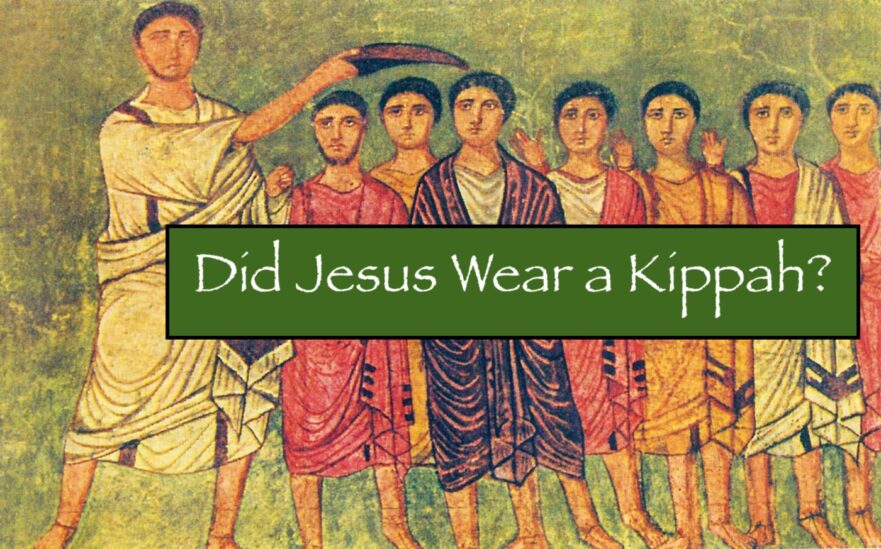
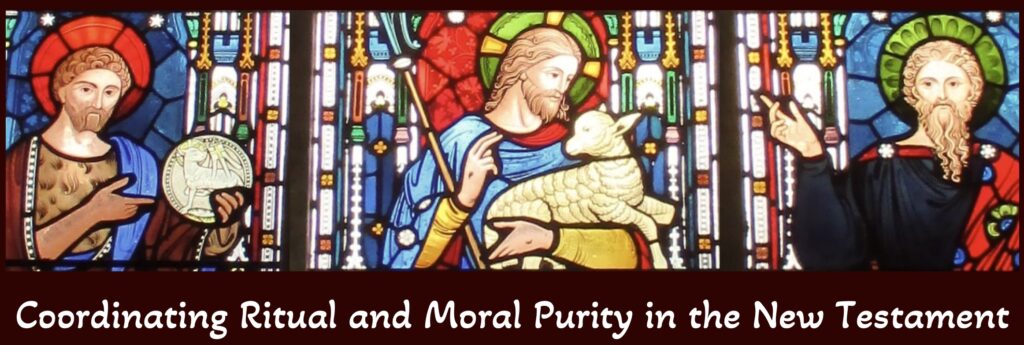



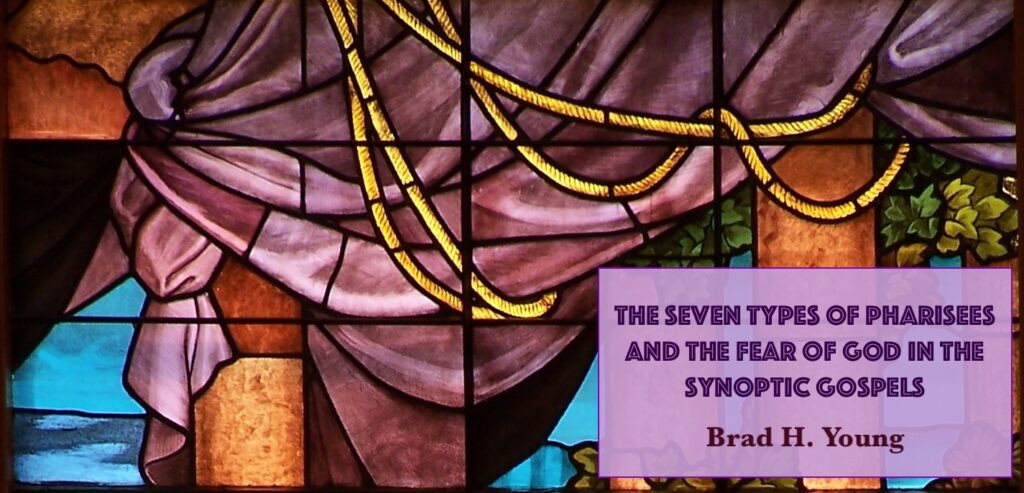

![Shmuel Safrai [1919-2003]](https://www.jerusalemperspective.com/wp-content/uploads/userphoto/20.jpg)




























































































